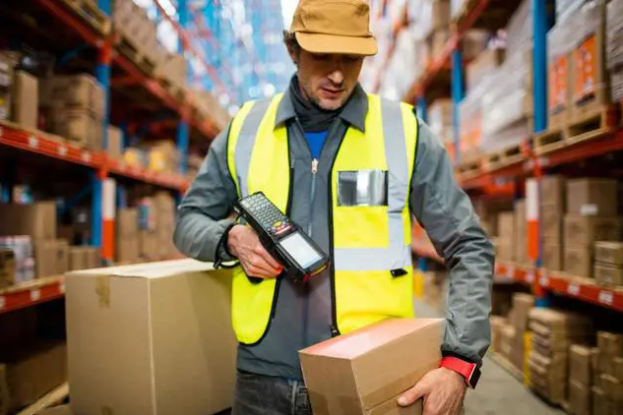The Practical Role of Bar Codes in Logistics

Simply put, logistics is "the physical flow of goods from the place of supply to the place of receipt. According to the actual needs, the organic combination of transportation, storage, loading and unloading, handling, packaging, distribution processing, distribution, information processing and other basic functions is implemented. From the concept of logistics, we know that logistics should first meet the needs of customers while improving the efficiency and effectiveness of the flow of goods as the purpose.
Bar code in the application of logistics can effectively improve the efficiency of the identification of goods, improve the speed and accuracy of logistics, so as to reduce inventory, shorten the flow of goods time, improve logistics efficiency, to meet the requirements of modern logistics high-speed, efficient, better service and customers. The improvement of customer satisfaction improves customer scale benefits for logistics enterprises and creates corresponding enterprise revenue.
Logistics and information flow is not entirely determined by the internal management system of the enterprise. ERP emphasizes the overall management of the supply chain, is an integrated enterprise information platform; logistics management is the management of goods in the flow, to ensure the timely and accurate flow of goods, must achieve real-time record data, a true response to the flow of goods. The characteristics of logistics industry require logistics centers to complete cargo data collection, checking, sorting and other operations within a short period of time, and the requirements for data accuracy and work efficiency are very high.
The introduction of bar code in logistics management effectively improves the information collection in logistics and solves the problem of matching logistics and information flow.